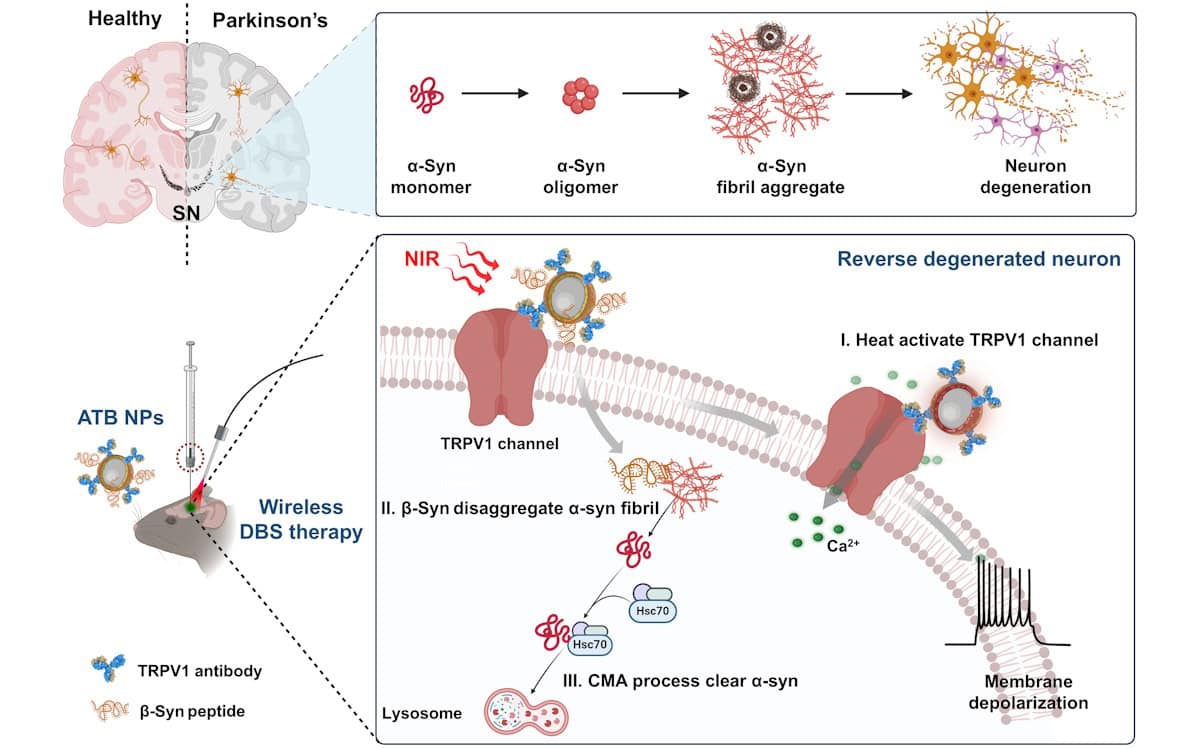How did you get interested in particle physics?
I studied physics at Oxford University and I was the first person in my family to go to university. I then completed a DPhil at Oxford in 1991 studying cosmic rays and neutrinos. In 1992 I moved to University College London as a research fellow. That was the first time I went to CERN and two years later I began working on the Large Electron-Positron Collider, which was the predecessor of the Large Hadron Collider. I was fortunate enough to work on some of the really big measurements of the W and Z bosons and electroweak unification, so it was a great time in my life. In 2000 I worked at the University of Cambridge where I set up a neutrino group. It was then that I began working at Fermilab – the US’s premier particle physics lab.
So you flipped from collider physics to neutrinos physics?
Over the past 20 years, I have oscillated between them and sometimes have done both in parallel. Probably the biggest step forward was in 2013 when I became spokesperson for the Deep Underground Neutrino Experiment – a really fascinating, challenging and ambitious project. In 2018 I was then appointed executive chair of the Science and Technology Facilities Council (STFC) — one of the main UK funding agencies. The STFC funds particle physics and astronomy in the UK and maintains relationships with organisations such as CERN, the Square Kilometre Array Observatory as well as operating some of the UK’s biggest national infrastructures such as the Rutherford Appleton Laboratory and the Daresbury Laboratory.
What did that role involve?
It covered strategic funding of particle physics and astronomy in the UK and also involved running a very large scientific organization with about 2800 scientific, technical and engineering staff. It was very good preparation for the role as CERN director-general.
What attracted you to become CERN director-general?
CERN is such an important part of the global particle-physics landscape. But I don’t think there was ever a moment where I just thought “Oh, I must do this”. I’ve spent six years on the CERN Council, so I know the organization well. I realized I had all of the tools to do the job – a combination of the science, knowing the organization and then my experience in previous roles. CERN has been a large part of my life for many years, so it’s a fantastic opportunity for me.
What were your first thoughts when you heard you had got the role?
It was quite a surreal moment. My first thoughts were “Well, OK, that’s fun”, so it didn’t really sink in until the evening. I’m obviously very happy and it was fantastic news but it was almost a feeling of “What happens now?”.
What so does happen now as CERN director-general designate?
There will be a little bit of shadowing, but you can’t shadow someone for the whole year, that doesn’t make very much sense. So what I really have to do is understand the organization, how it works from the inside and, of course, get to know the fantastic CERN staff, which I’ve already started doing. A lot of my time at the moment is meeting people and understanding how things work.
How might you do things differently?
I don’t think I will do anything too radical. I will have a look at where we can make things work better. But my priority for now is putting in place the team that will work with me from January. That’s quite a big chunk of work.
We have a decision to make on what comes after the High Luminosity-LHC in the mid-2040s
What do you think your leadership style will be?
I like to put around me a strong leadership team and then delegate and trust the leadership team to deliver. I’m there to set the strategic direction but also to empower them to deliver. That means I can take an outward focus and engage with the member states to promote CERN. I think my leadership style is to put in place a culture where the staff can thrive and operate in a very open and transparent way. That’s very important to me because it builds trust both within the organization and with CERN’s partners. The final thing is that I’m 100% behind CERN being an inclusive organization.
So diversity is an important aspect for you?
I am deeply committed to diversity and CERN is deeply committed to it in all its forms, and that will not change. This is a common value across Europe: our member states absolutely see diversity as being critical, and it means a lot to our scientific communities as well. From a scientific point of view, if we’re not supporting diversity, we’re losing people who are no different from others who come from more privileged backgrounds. Also, diversity at CERN has a special meaning: it means all the normal protected characteristics, but also national diversity. CERN is a community of 24 member states and quite a few associate member states, and ensuring nations are represented is incredibly important. It’s the way you do the best science, ultimately, and it’s the right thing to do.
The LHC is undergoing a £1bn upgrade towards a High Luminosity-LHC (HL-LHC), what will that entail?
The HL-LHC is a big step up in terms of capability and the goal will be to increase the luminosity of the machine. We are also upgrading the detectors to make them even more precise. The HL-LHC will run from about 2030 to the early 2040s. So by the end of LHC operations, we would have only taken about 10% of the overall data set once you add what the HL-LHC is expected to produce.
What physics will that allow?
There’s a very specific measurement that we would like to make around the nature of the Higgs mechanism. There’s something very special about the Higgs boson that it has a very strange vacuum potential, so it’s always there in the vacuum. With the HL-LHC, we’re going to start to study the structure of that potential. That’s a really exciting and fundamental measurement and it’s a place where we might start to see new physics.
Beyond the HL-LHC, you will also be involved in planning what comes next. What are the options?
We have a decision to make on what comes after the HL-LHC in the mid-2040s. It seems a long way off but these projects need a 20-year lead-in. I think the consensus amongst the scientific community for a number of years has been that the next machine must explore the Higgs boson. The motivation for a Higgs factory is incredibly strong.
Yet there has not been much consensus whether that should be a linear or circular machine?
My personal view is that a circular collider is the way forward. One option is the Future Circular Collider (FCC) – a 91 km circumference collider that would be built at CERN.
What would the benefits of the FCC be?
We know how to build circular colliders and it gives you significantly more capability than a linear machine by producing more Higgs bosons. It is also a piece of research infrastructure that will be there for many years beyond the electron-positron collider. The other aspect is that at some point in the future, we are going to want a high-energy hadron collider to explore the unknown.
But it won’t come cheap, with estimates being about £12-15bn for the electron-positron version, dubbed FCC-ee?
While the price tag for the FCC-ee is significant, that is spread over 24 member states for 15 years and contributions can also come from elsewhere. I’m not saying it’s going to be easy to actually secure that jigsaw puzzle of resource, because money will need to come from outside Europe as well.
China is also considering the Circular Electron Positron Collider (CEPC) that could, if approved, be built by the 2030s. What would happen to the FCC if the CEPC were to go ahead?
I think that will be part of the European Strategy for Particle Physics, which will happen throughout this year, to think about the ifs and buts. Of course, nothing has really been decided in China. It’s a big project and it might not go ahead. I would say it’s quite easy to put down aggressive timescales on paper but actually delivering them is always harder. The big advantage of CERN is that we have the scientific and engineering heritage in building colliders and operating them. There is only one CERN in the world.
What do you make of alternative technologies such as muon colliders that could be built in the existing LHC tunnel and offer high energies?
It’s an interesting concept but technically we don’t know how to do it. There’s a lot of development work but it’s going to take a long time to turn that into a real machine. So looking at a muon collider on the time scale of the mid-2040s is probably unrealistic. What is critical for an organization like CERN and for global particle physics is that when the HL-LHC stops by 2040, there’s not a large gap without a collider project.
Last year CERN celebrated its 70th anniversary, what do you think particle physics might look like in the next 70 years?
If you look back at the big discoveries over the last 30 years we’ve seen neutrino oscillations, the Higgs boson, gravitational waves and dark energy. That’s four massive discoveries. In the coming decade we will know a lot more about the nature of the neutrino and the Higgs boson via the HL-LHC. The big hope is we find something else that we don’t expect.
The post Incoming CERN director-general Mark Thomson outlines his future priorities appeared first on Physics World.



























